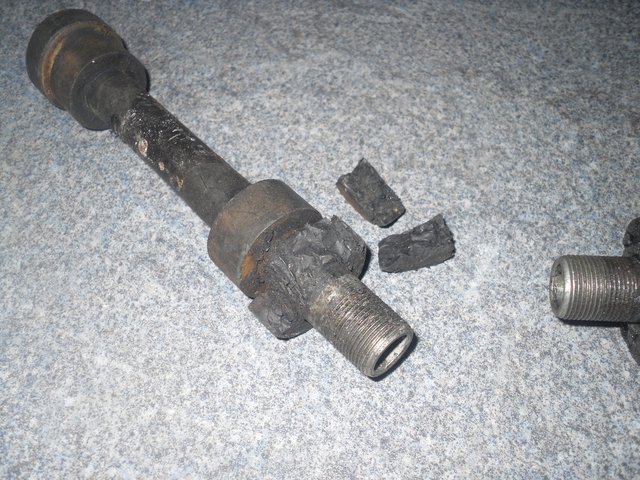Tornado
VIP MEMBER
- Joined
- Dec 5, 2017
- Messages
- 4,520
Had another stab at adjusting the rear iso mount. I'm running the Hemmings adjuster in a MK2 bike, adjuster on the right/timing side b/c that seems to have more ease of access.
I have excessive vibrations, pretty much most of rev range. Previously had kept winding out the gap to try to solve, no real improvements. Gap ended up at 25 or 30 thou, with prying between SA and Z-plate. Moment I stop prying, gap closes right down to less than what a 5 thou gauge can slide between. Infact if I have it slid in before releasing prying, the feeler gets trapped, quite hard to pull out.
This seems to me to indicate the iso is off centerline somehow? How to check and correct?
Front shows lots of vertical movement while blipping throttle, both visually and by holding a finger on the iso abutments. Same is not true for rears, maybe a millimeter or so movement can be felt. Unsure what brand rear iso's are, less than two yrs since renewal. Could be the excessively hard compound ones. Fronts are vernier retrofit kit from Norvil.
I have excessive vibrations, pretty much most of rev range. Previously had kept winding out the gap to try to solve, no real improvements. Gap ended up at 25 or 30 thou, with prying between SA and Z-plate. Moment I stop prying, gap closes right down to less than what a 5 thou gauge can slide between. Infact if I have it slid in before releasing prying, the feeler gets trapped, quite hard to pull out.
This seems to me to indicate the iso is off centerline somehow? How to check and correct?
Front shows lots of vertical movement while blipping throttle, both visually and by holding a finger on the iso abutments. Same is not true for rears, maybe a millimeter or so movement can be felt. Unsure what brand rear iso's are, less than two yrs since renewal. Could be the excessively hard compound ones. Fronts are vernier retrofit kit from Norvil.

